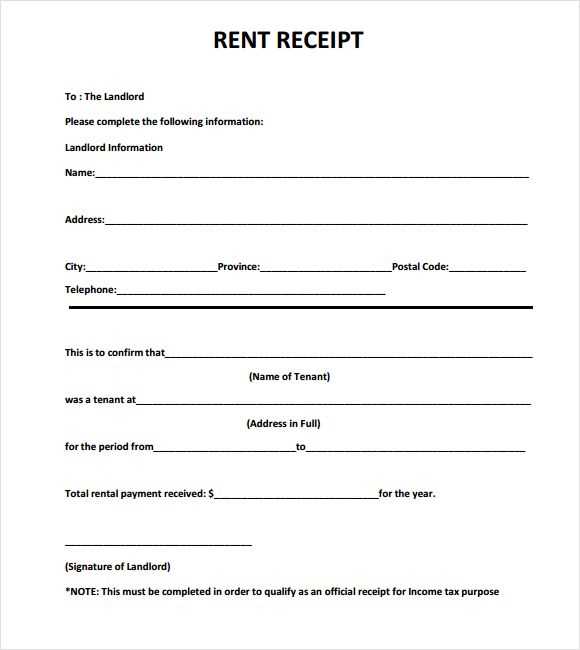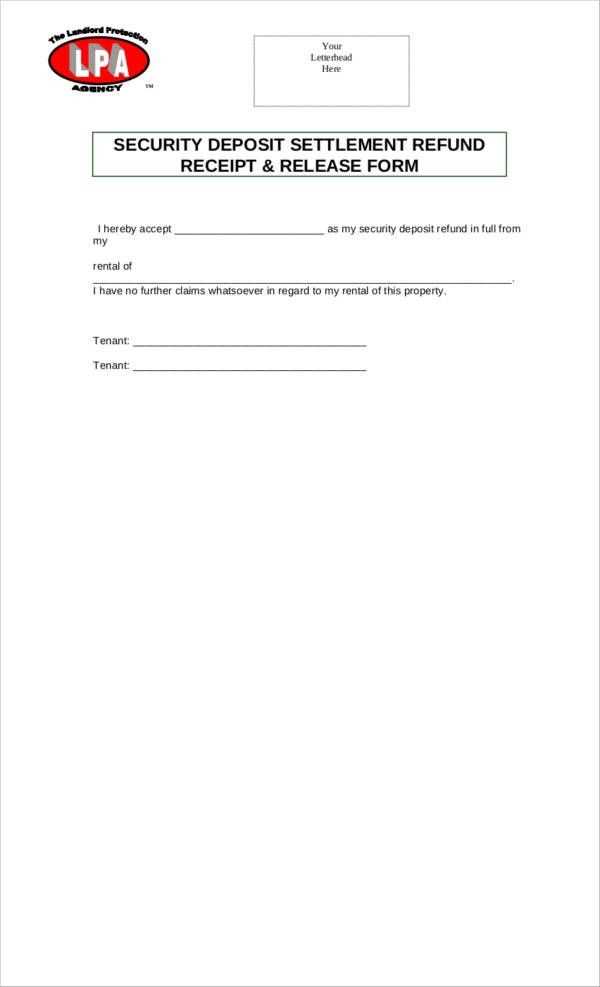
For landlords and tenants alike, a clear and concise rental security deposit receipt is a must. This document confirms the receipt of the security deposit, ensuring both parties are on the same page about the amount paid, the terms of the lease, and the conditions under which the deposit will be refunded. Having a template for this receipt can save time and avoid disputes down the line.
A well-structured receipt should include details like the tenant’s name, the property’s address, the deposit amount, and the date it was paid. You should also include a note about any specific conditions related to the deposit, such as the possibility of deductions for damages or unpaid rent. By documenting these details, you create a transparent record for both parties.
Make sure to provide a copy of the receipt to the tenant immediately after payment. This helps protect both sides in case of any future disagreements. Whether you’re a first-time landlord or a seasoned pro, using a rental security deposit receipt template ensures you’re staying organized and protecting your legal rights.
Here are the revised lines:
Ensure the receipt clearly states the date the deposit was received. This is crucial for both the tenant and landlord to avoid confusion. Include the full name of the tenant and landlord, along with the rental property address. Specify the exact amount of the security deposit received and the payment method (e.g., cash, check, bank transfer).
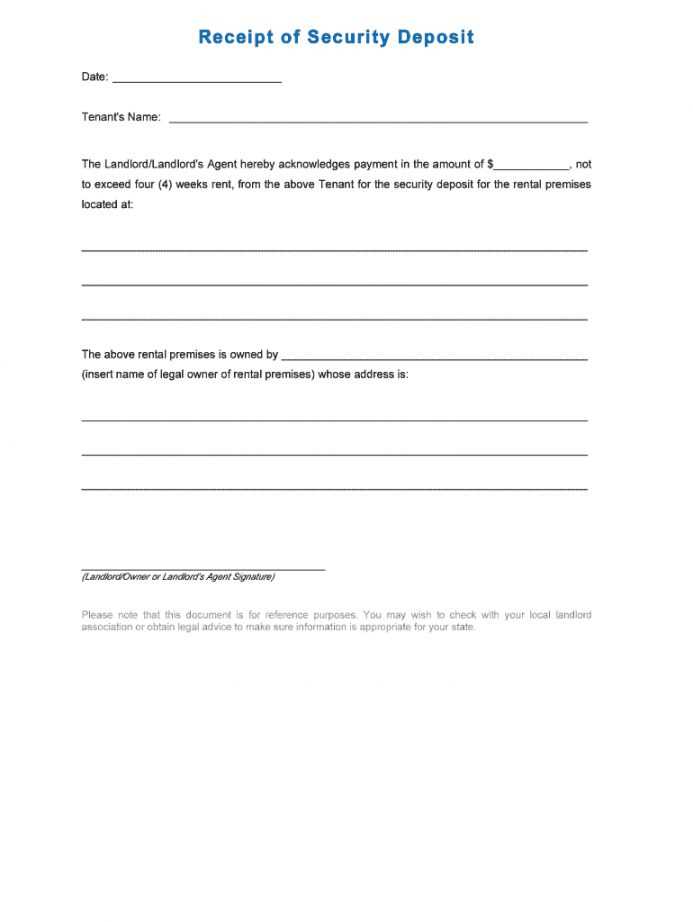
Additionally, add a brief description of the condition of the property when the deposit was collected. This can serve as a reference if any disputes arise regarding damage or cleanliness when the tenant moves out. Include a section noting the terms under which the deposit will be refunded, including any deductions for damages or unpaid rent.
Clearly indicate that the tenant has received a copy of the receipt for their records. It’s important to provide the tenant with a duplicate to ensure transparency. Lastly, the landlord’s signature and the tenant’s acknowledgment should be included to confirm both parties agree to the terms outlined.
- Rental Security Deposit Receipt Template
Make sure to include key details in your rental security deposit receipt. This template should capture the essential information to protect both the landlord and the tenant. Start by noting the date the deposit was received. Clearly state the amount paid and the method of payment used, such as cash, check, or bank transfer.
Include the full name of the tenant and the address of the rental property. This ensures that both parties are clearly identified. You should also specify the purpose of the deposit, such as covering any potential damages or unpaid rent.
Be sure to mention any conditions for refunding the deposit, including whether the tenant must meet specific requirements for receiving it back in full, like leaving the property in good condition. Also, indicate the timeline within which the deposit will be returned after the lease ends, if applicable.
Finally, leave a space for signatures from both the landlord and the tenant. This confirms that both parties acknowledge the terms and amounts outlined in the receipt. Make sure the document is easy to read and includes no ambiguities. This ensures that both parties can easily refer to it in case of any disputes.
Begin by including the tenant’s and landlord’s full names, addresses, and contact information at the top of the receipt. Clearly state that the document is a rental deposit receipt to avoid any confusion. Next, specify the property address where the lease is taking place. This ensures both parties know exactly which property the deposit is associated with.
Include the date the deposit was paid. It’s helpful to add both the day and year to avoid any ambiguity. State the total amount of the deposit in both numerical and written form, ensuring there are no mistakes in interpreting the amount.
Describe the purpose of the deposit, such as for security against damages, non-payment of rent, or any other agreed-upon reason. This section should align with the lease agreement to prevent future disputes.
If applicable, mention any conditions under which the deposit may be refunded or withheld. This helps set expectations for the tenant and makes it clear what they need to do (e.g., return the property in good condition) to secure a full refund.
Lastly, provide space for both parties to sign and date the receipt. This ensures that both the landlord and tenant acknowledge the receipt and the terms outlined within it.
When creating a rental security deposit receipt, clarity is key. Here are the specifics to include:
- Tenant’s Full Name: Clearly state the full name of the tenant who made the deposit.
- Landlord’s Name or Company: Include the landlord or property management company’s name.
- Property Address: Mention the complete address of the rental property where the deposit applies.
- Amount of Deposit: Specify the exact dollar amount of the deposit the tenant has paid.
- Payment Method: Indicate how the deposit was paid (e.g., cash, check, bank transfer).
- Date of Payment: Include the exact date the deposit was made.
- Purpose of Deposit: Clarify that the payment is for a security deposit and the reason for the deposit (e.g., covering potential damages or unpaid rent).
- Terms of Refund: Include clear terms on how and when the deposit will be refunded, including any conditions that may affect the refund (e.g., damages or lease violations).
- Signatures: Both the landlord and the tenant should sign the receipt to confirm the transaction.
- Receipt Number (Optional): A receipt number can be included for easy reference and record keeping.
By including these details, both parties will have a clear record of the deposit terms and conditions.
Ensure your rental receipt template complies with local laws. In many jurisdictions, landlords are required to provide a written receipt for any security deposit collected. The template should include specific details such as the amount of the deposit, the date of the payment, and the name of the tenant. Keep records for the entire duration of the tenancy, as they may be needed to resolve disputes or for tax purposes.
Details to Include
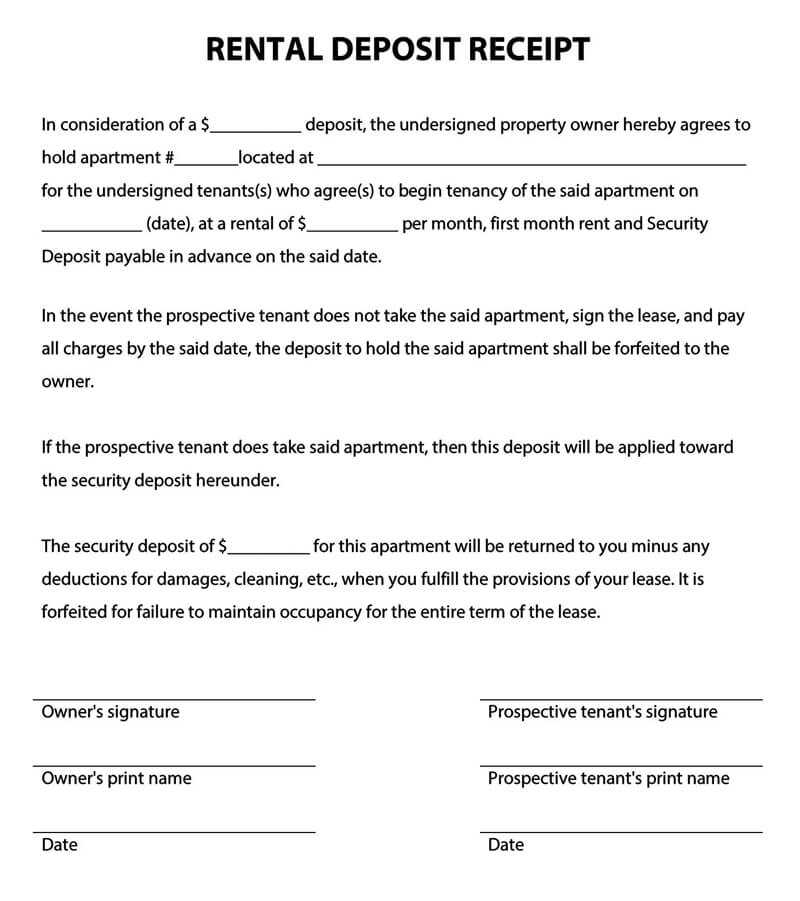
Include information that is legally required in your area. This typically includes the tenant’s name, property address, rental period, amount paid, and the landlord’s contact details. Some areas may require additional language regarding the conditions under which the deposit can be retained or returned.
Retention and Documentation
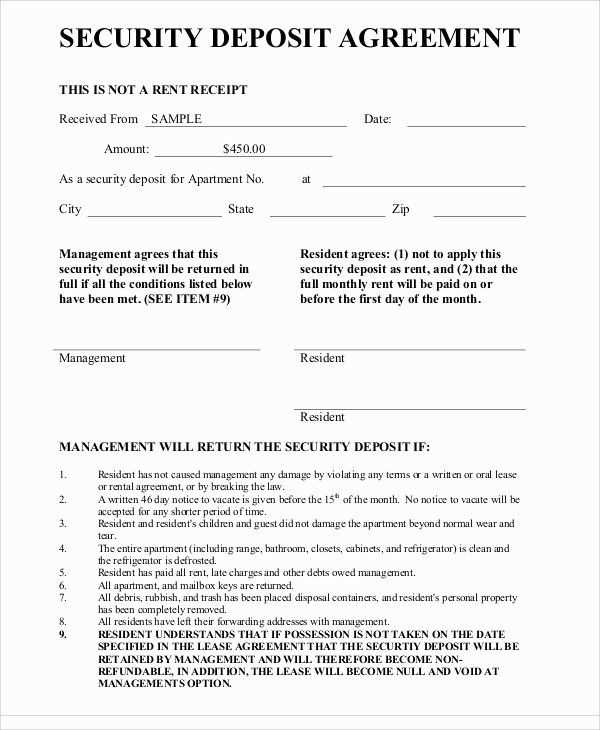
Keep copies of all rental receipts for future reference. The receipt acts as proof of payment, which may be necessary if there is a dispute over the return of the deposit. This documentation should be clear, unambiguous, and stored securely to avoid potential legal complications later on.
In each line, redundant repetitions of words are removed, while preserving meaning and accuracy.
When drafting a rental security deposit receipt, clarity is key. To avoid confusion, ensure each sentence is direct and concise. Repeating words can make the document harder to read and might even lead to misunderstandings. Focus on the core details–tenant name, property address, deposit amount, and date–without unnecessary duplication.
Structure of the Receipt

The receipt should contain all necessary details in a structured format. Here’s a breakdown of the key sections:
| Section | Details |
|---|---|
| Tenant Information | Name, contact details |
| Property Information | Address, rental period |
| Deposit Amount | Exact amount paid, date |
| Landlord Information | Name, contact details |
| Signature | Both parties’ signatures |
Avoid Redundancy
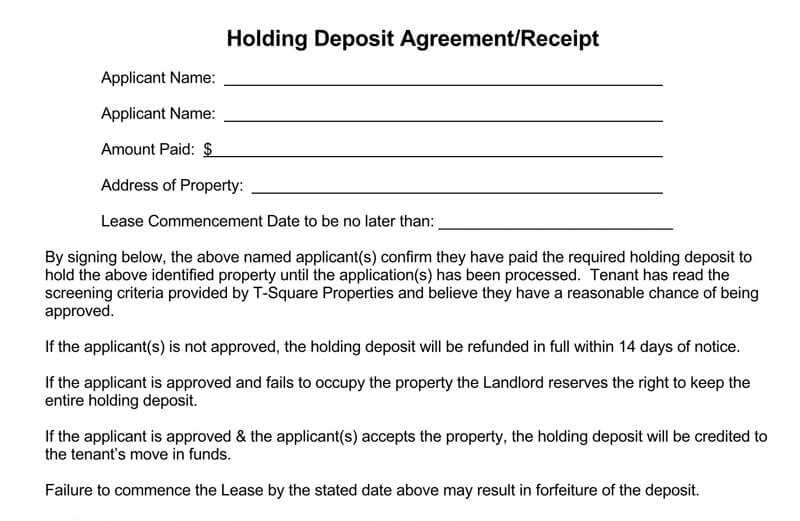
Eliminate any repetition in terms. For example, don’t repeat phrases like “the deposit amount paid” when “deposit amount” is enough. This keeps the document concise and professional.
In each section, stick to the required information only. Avoid over-explaining or reiterating points unnecessarily. This way, the receipt will be easy to understand and legally sound.


